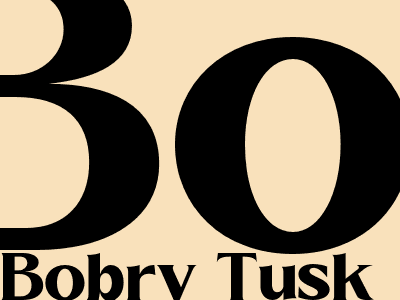
Blog Post Writing for SEO
The Ultimate Guide to Crafting Content That Ranks
Table of Contents
- Introduction
- Optimizing Your Content
- Understanding User Intent
- Structuring Your Blog Post
- Adding Multimedia Elements
- Promoting Your Blog Post
- Tracking Your Results
- Conclusion
Introduction
In today's digital landscape, content is king. And if you want your content to be seen, you need to optimize it for search engines (SEOs).
SEO is the practice of improving the visibility and ranking of your website or blog in search engine results pages (SERPs). By optimizing your content, you can make it more likely to appear in the top results for relevant keywords.
This guide will teach you everything you need to know about writing content that ranks well in SERPs. We'll cover everything from keyword research to on-page optimization to link building.
Optimizing Your Content
The first step to optimizing your content is to conduct keyword research.
Keyword research is the process of finding the keywords that people are searching for in relation to your topic.
Once you have a list of keywords, you can start to incorporate them into your content.
On-Page Optimization
On-page optimization refers to the changes you can make to your website or blog post to improve its ranking in SERPs.
Some of the most important on-page optimization factors include the following:
- Title tag
- Meta description
- Header tags (H1, H2, H3, etc.)
- Alt tags
- Keyword density
- Content length
- Internal linking
Off-Page Optimization
Off-page optimization refers to the things you can do outside of your website or blog to improve its ranking in SERPs.
Some of the most important off-page optimization factors include the following:
- Backlinks
- Social media signals
- Local SEO
Understanding User Intent
When you're writing content for SEO, it's important to think about the user intent.
User intent refers to the reason why someone is searching for a particular keyword.
There are four main types of user intent:
- Informational: The user is looking for information about a particular topic.
- Navigational: The user is looking to find a specific website or web page.
- Transactional: The user is looking to buy something or take some other action.
- Commercial: The user is researching a product or service before making a purchase.
Once you understand the user intent, you can tailor your content to meet their needs.
Structuring Your Blog Post
The way you structure your blog post is also important for SEO.
The ideal length for a blog post is around 2,000 words.
Your post should be well-organized with a clear introduction, body, and conclusion.
Use header tags to break up your content into sections and make it easier to read.
Adding Multimedia Elements
Adding multimedia elements to your blog post can make it more engaging and interesting.
Some of the most effective multimedia elements include:
- Images
- Videos
- Infographics
- Charts
- Graphs
Promoting Your Blog Post
Once you've written and optimized your blog post, it's important to promote it.
There are a number of ways to promote your blog post, including:
- Social media
- Email marketing
- Paid advertising
- Guest posting
Tracking Your Results
It's important to track your results to see how your SEO efforts are performing.
Some of the most important metrics to track include:
- Organic traffic
- Keyword rankings
- Backlinks
- Social media engagement
Conclusion
By following the tips in this guide, you can write content that ranks well in SERPs.
Remember, SEO is an ongoing process. It takes time and effort to see results. But if you're patient and persistent, you can achieve success.